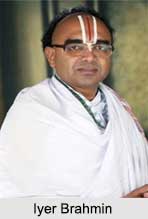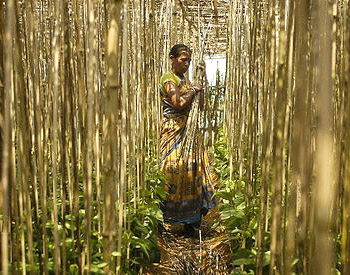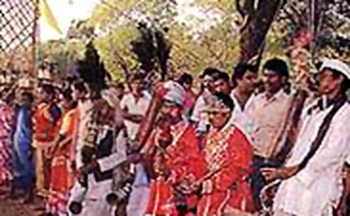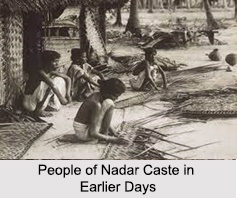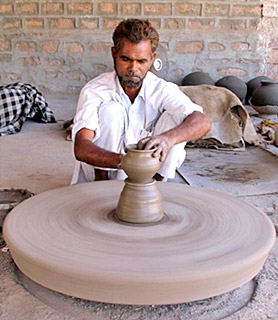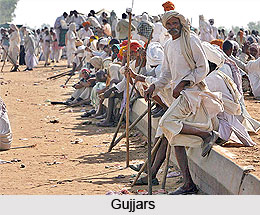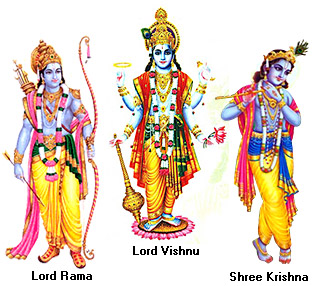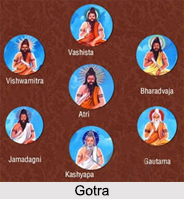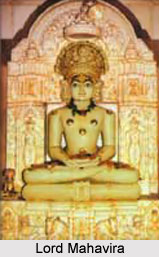 Shri Bhaktivihar Teerth located in Gujarat is a Jain pilgrimage centre. The teerth kshetra is situated in the main road of the village Shankheswar. The temple is dedicated to Lord Parshvanatha, the twenty-third Jin Tirthankara.
Shri Bhaktivihar Teerth located in Gujarat is a Jain pilgrimage centre. The teerth kshetra is situated in the main road of the village Shankheswar. The temple is dedicated to Lord Parshvanatha, the twenty-third Jin Tirthankara.
History of Shri Bhaktivihar Teerth
The historical details of Shri Bhaktivihar Teerth state that it was a very ancient place. The last desire of His Holiness Acharya Bhaktisurishvarji Maharaj Saheb was to wave flags in Shankhesvar. Thus to fulfil the desires of their Acharya, His Holiness Acharya Premsurishvarjis and Subodhsurisvarji fulfilled the plan of constructing 108 Bhaktivihar Parshvanatha temples. The idol of the Lord was ceremoniously installed in the temple on the fifth day of the bright half of the month of Magha in the year 2045 of the Vikram Samvat Era. The idol of Lord Parshvanatha is believed to possess miraculous powers and is visited by thousands of devotees from far off places. They come here to offer their prayers to the Lord and receive his blessings. It is believed that if prayed with all devotion the Lord fulfils the wishes of the pilgrims.
Temple of Shri Bhaktivihar Teerth
The temple of Shri Bhaktivihar Teerth houses the idol of Bhagwan Bhakti Parshvanatha. The temple has been magnificently decorated with intricate artistic designs. The creative temple work boast about the skills of the craftsmen. The temple has been adorned with huge pinnacles that enhance its beauty. The temple is spread over a vast area of 84 thousand sq. feet. This splendid temple is 72 ft in height. It houses 108 idols that bear 108 names of Lord Parshvanatha. These splendid idols are installed in different sanctuaries within the same compound. The walls and pillars of the temple are decorated with specimens of ancient art and paintings. The idol of the Lord is 154 cms in height and is in colour. It is seated in a padmasana posture. The idol has been beautifully carved from a single stone and looks very beautiful. The smiling face of the Lord looks very calm and serene. Apart from this there are the Sankhesvar Parshvanatha temple, the Agam temple, the Padmavati Devi temple and many other idols. These temples have also been beautifully designed and are worth visiting. Apart from the main idol there are idols of Nakodaji Parshvanatha installed in the main small temple that is located to the right of the chief idol. Another glorious idol of Jirawala Parshvanatha has been installed in a small temple that is situated to the left of the main idol. Other than the idols of Parshvanatha there are idols of Goddess Lakshmi, Chakreswari Devi, Padmavati Devi and Acharya Bhaktisurisvarji set up in this temple. An ashram as well as a dispensary has been built for the old people. There is also an old library that has many valuable books and manuscripts here. Besides this there is a well planned beautiful lecture hall located here.
The Temple of Shri Bhaktivihar Teerth organizes many annual gatherings and functions that are celebrated with much enthusiasm. There are provisions for dharamshalas or rest houses for the pilgrims. These are well equipped with all modern facilities. Apart from this there are Upashrays, an Ayambilshala and a Jnanabhandar. The teerth is situated in the midst of beautiful natural surroundings. Being located in a village the temple is enclosed by scenic beauty and greenery that mesmerizes and fascinates the pilgrims. There is a beautiful garden here where the pilgrims spend time. The calm and tranquil environment makes the teerth a suitable place for religious activities. The kshetra is well connected to road, rail and air. Taxi services and bus services are easily available here. The nearest railway station is located at Harij at a distance of 8 kilometers away and Viramgam is 62 kilometers away.










